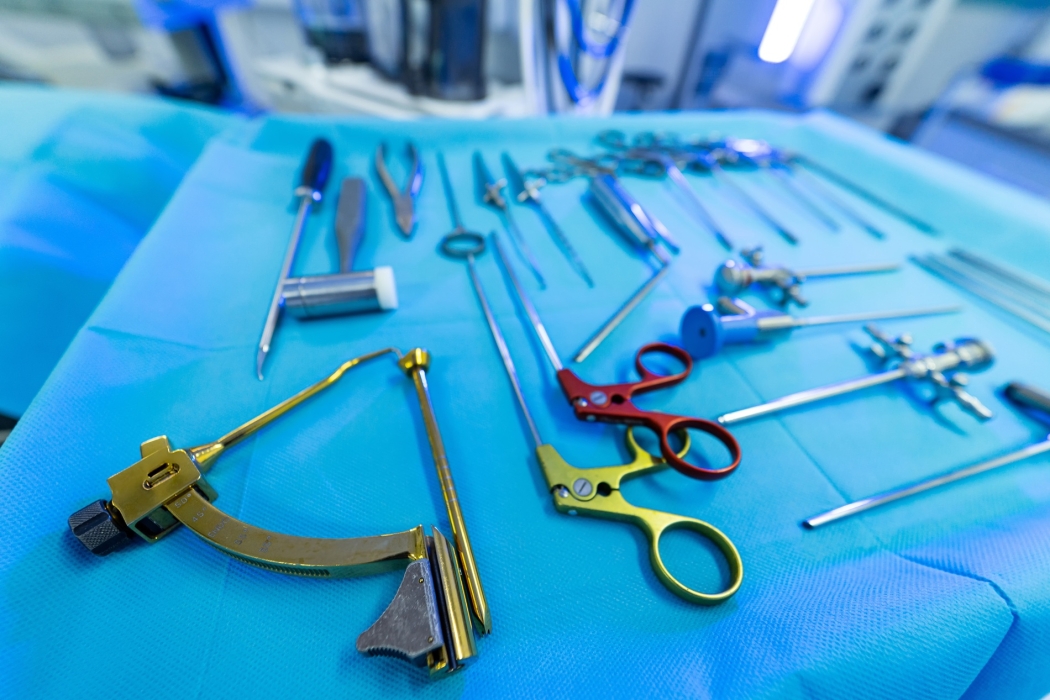When it comes to finishing medical instruments and devices, precision is key. Components often have intricate geometries, delicate surfaces and strict finishing requirements. That’s where wet blasting stands out as a superior surface finishing process.
Unlike dry blasting, which can generate heat, static and surface damage, wet blasting uses a fine abrasive suspended in water to gently clean, polish and prepare surfaces. The result is a controlled, uniform finish that protects the integrity of even the most complex parts.
Here’s why many manufacturers in the medical sector rely on wet blasting:
• Gentle on surfaces: The water acts as a cushioning medium, reducing abrasive impact and preventing damage to delicate geometries.
• Precision on complex shapes: The process easily reaches recesses, holes and fine features, ensuring consistent finishing even on intricate designs.
• Enhanced cleanliness: The process removes contaminants without embedding particles, supporting stringent hygiene standards.
• Improved surface functionality: It can prepare surfaces for coating, bonding or sterilisation without altering critical dimensions.
In industries where precision and safety are essential, wet blasting offers a finishing solution that combines control, quality and compliance.























